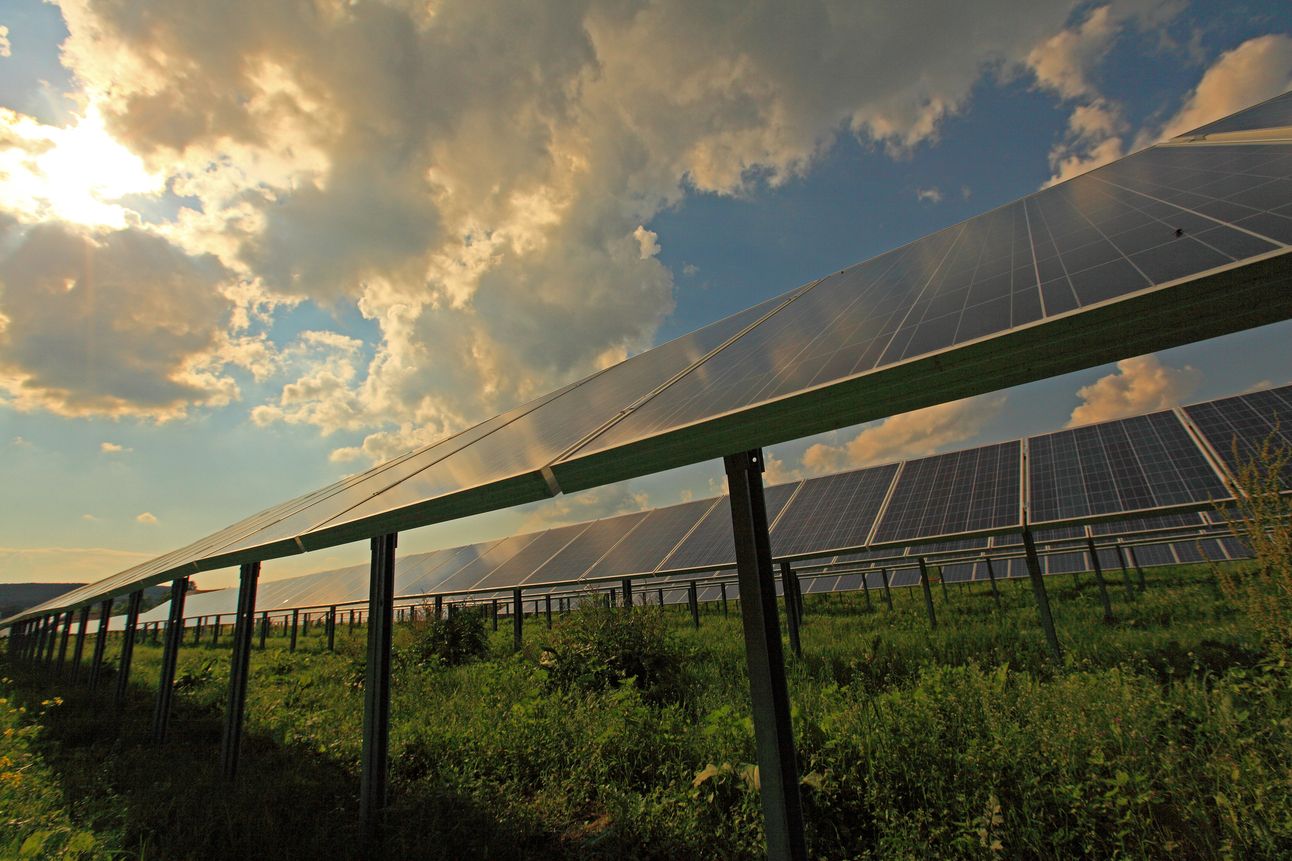- The Progress Playbook
- Posts
- Newsletter (copy 14)
Newsletter (copy 14)
Brazil approaches 100% clean electricity

Good morning,
Some good news to get things started:
Deforestation in the Brazilian Amazon was down 50% in 2023, according to government figures.
Cameroon has launched the world’s first malaria vaccination programme.
Know anyone else who’d be interested in signing up to this free newsletter? They can do so here.

Thanks to its vast hydro resources and an ongoing boom in wind and solar installations, Brazil will get 96% of its electricity from renewable sources by 2028, according to the International Energy Agency’s forecasts.
In this in-depth feature, we look at how the drivers of Brazil’s wind and solar revolution are changing, and what comes next as the world’s ninth-largest economy seeks to tap its offshore wind potential to create a large green hydrogen industry.
- Read the full story here.

Roughly 230 million tonnes of carbon dioxide are utilised every year, according to a 2019 report by the International Energy Agency.
While roughly one-third of that is reused to force more oil from the ground — hardly a carbon-neutral process — carbon capture and utilisation (CCU) advocates say that the number of companies coming up with new uses for carbon has mushroomed in recent years, paving a way to unlock climate benefits.
- Read the full story here.
A note from The Progress Playbook…

We can help you reach new audiences and tell your brand’s story in a smart and concise way. Get in touch to find out more.

The UK’s power grid operator has paid households and businesses £9.3 million so far this winter to shift their power use away from periods when demand and pricing is highest.
The electricity system operator launched a demand flexibility programme in November 2023 as the onset of winter pushed energy use higher, particularly during peak hours — typically early evenings.
The 2.2 million businesses and households that have signed up to participate are asked to reduce power use at relatively short notice, when supply is forecast to be tight.
The combined electricity saved during eight events was enough to power 7.5 million other homes for over an hour, according to the system operator’s calculations.
- Read the full story here.

Pollinators and insect populations are once again thriving after native grasses and wildflowers were reintroduced at two American solar farms built on agricultural land, a study has found.
Why it matters: Insect populations have been steadily declining in recent decades due to habitat loss, pesticides and climate change. The expansion of single-crop commercial farming is partly to blame.
The latest: Researchers at the US Department of Energy’s Argonne National Laboratory and National Renewable Energy Laboratory have published the results of a five-year field study on two solar sites in southern Minnesota. Both sites were built on retired farmland.
Native grasses and flowering plants were reintroduced in early 2018. Five years later, total insect abundance had tripled, while native bee numbers were up 20-fold. The most numerous insect groups observed were beetles, flies and moths.
- Read the full story here.

Renewables alone have powered the Uruguayan economy for six straight months.
Between 1 July and 31 December 2023, the South American nation generated all of its electricity from renewable sources — with wind the single-biggest contributor, according to data collated by Ember.
- Read the full story here.
Other articles you might find interesting:
Have any tips, ideas or feedback for us?
Please contact [email protected].
Follow The Progress Playbook on social media:




Copyright (C) 2023, The Progress Playbook. All rights reserved.Was this email forwarded to you? Sign up here to subscribe yourself.Want to change how you receive these emails?You can unsubscribe
Reply